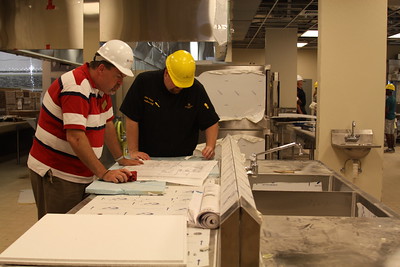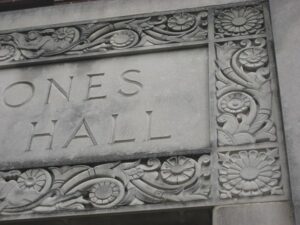Some California voters will have more to decide on Super Tuesday than their preferred party candidates. Voters in Fresno will decide Measure E, which – if passed – would create a $0.0025-cent county-wide sales tax to pay for the institution’s maintenance backlog and fund capital and academic improvements at California State University Fresno (CSUF) for the next 25 years.
This is actually the third time the question has been put in front of the voters there. Michigan law doesn’t permit state colleges and universities to seek direct funding from taxpayers, so it’s not a strategy we’re likely to see soon unless the legislature has a highly improbable change of heart.
Measure E is expected to generate $63M annually or nearly $1.6B over its lifetime for the University. Previous versions of the measure sought different funding levels and had fewer controls over how the money could be spent. This version actually proposes a higher tax rate than the last attempt sought but includes a 7-member oversight panel appointed by the Fresno County Board of Supervisors, the CSU Chancellor’s Office and the Office of the President of CSU Fresno.
Measure E is CSUF’s attempt to find funding for its $500M maintenance backlog, as well as additional cash to expand facilities for certain high-demand programs like Nursing.
Ordinary maintenance is expensive. Neglected maintenance is even more expensive. The price of neglected maintenance never comes down, so the best opportunity to minimize maintenance costs is to do maintenance on time – when it is at its lowest possible cost.
It still surprises me that the State and those individuals who have been elected (or appointed) to provide oversight for higher education institutions do not demand that the institution’s administration prioritize the maintenance of taxpayer-funded facilities as a way to minimize costs.
There is one sure way to eliminate a maintenance backlog
When publicly funded institutions beg for cash to build brand new buildings only to neglect them once they open the doors, it’s no wonder that taxpayers become skeptical of institutions’ grand spending plans.
What would happen if the State required its taxpayer-funded institutions to devote sufficient funds every year to repair, remodel, and rehabilitate their existing buildings and infrastructure? What other spending might need to be deferred?
Would these institutions develop more efficient use-of-space plans? Employ more energy-efficient building designs? Figure out ways to reduce maintenance costs through better design and building management? Increase focus on the maintenance costs of new construction? Inspire other ways to reduce operational costs. (Like not hiring a dozen Vice Presidents? Negotiating the cost of enterprise software and support instead of just signing a contract for it?)
The best way to eliminate a maintenance backlog is to avoid creating one in the first place. And the best way to ensure that everyone follows that strategy is to fire any executive who allows a maintenance backlog to develop, because at the end of the day, the taxpayers cannot afford an executive who neglects public infrastructure.
Just sayin’…
Photo Credit: Oglethorpe University , via Flickr



























